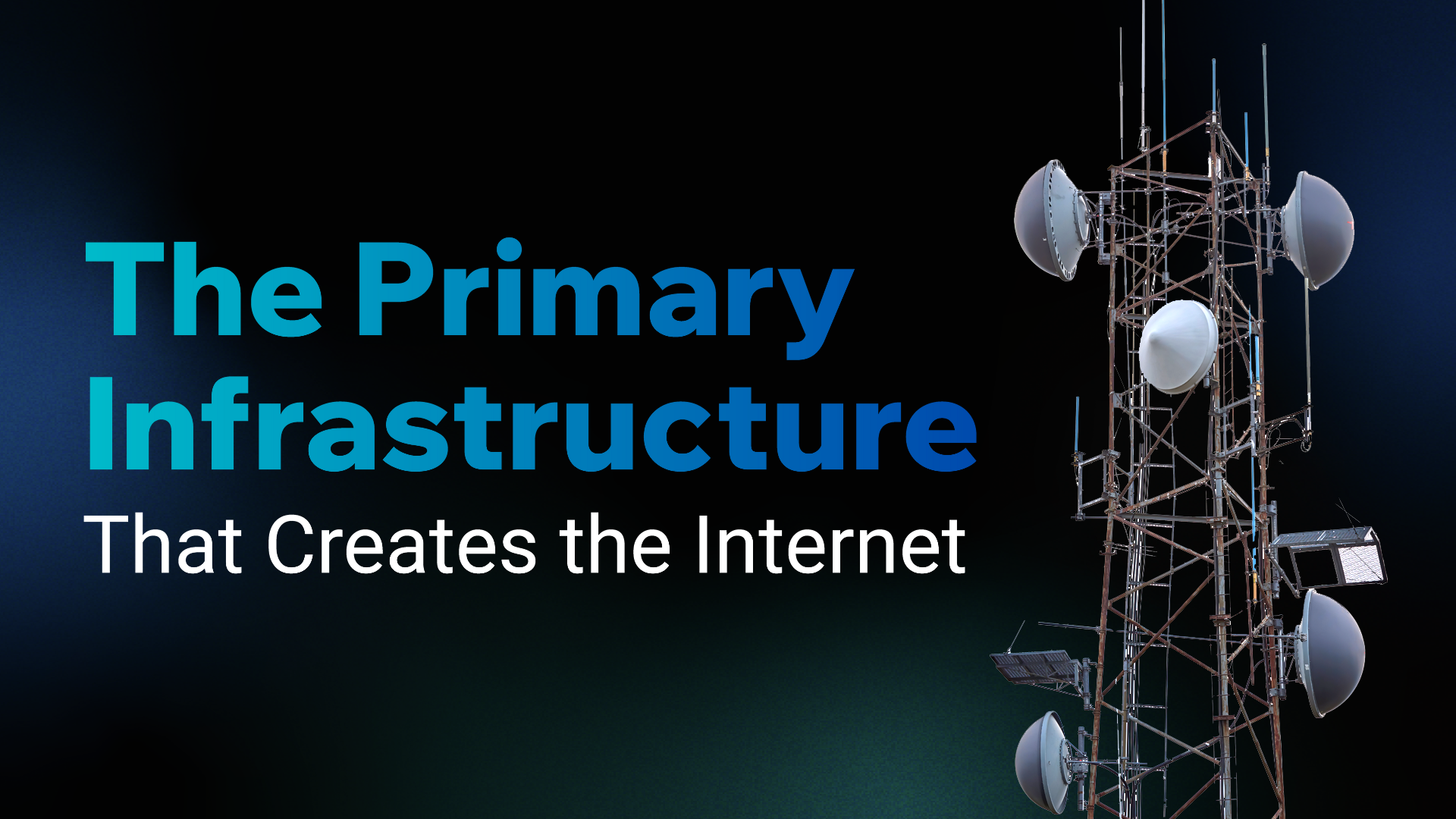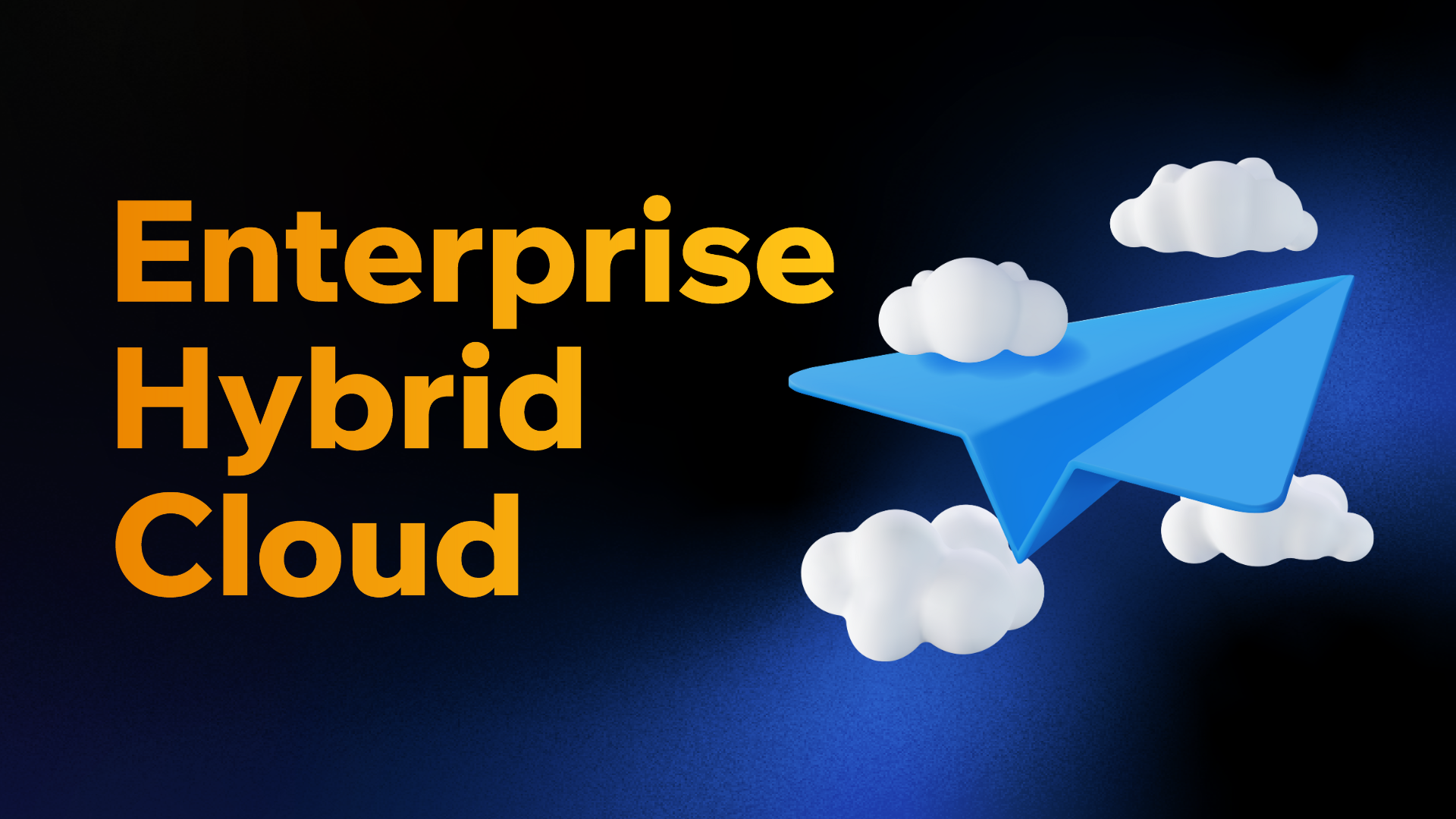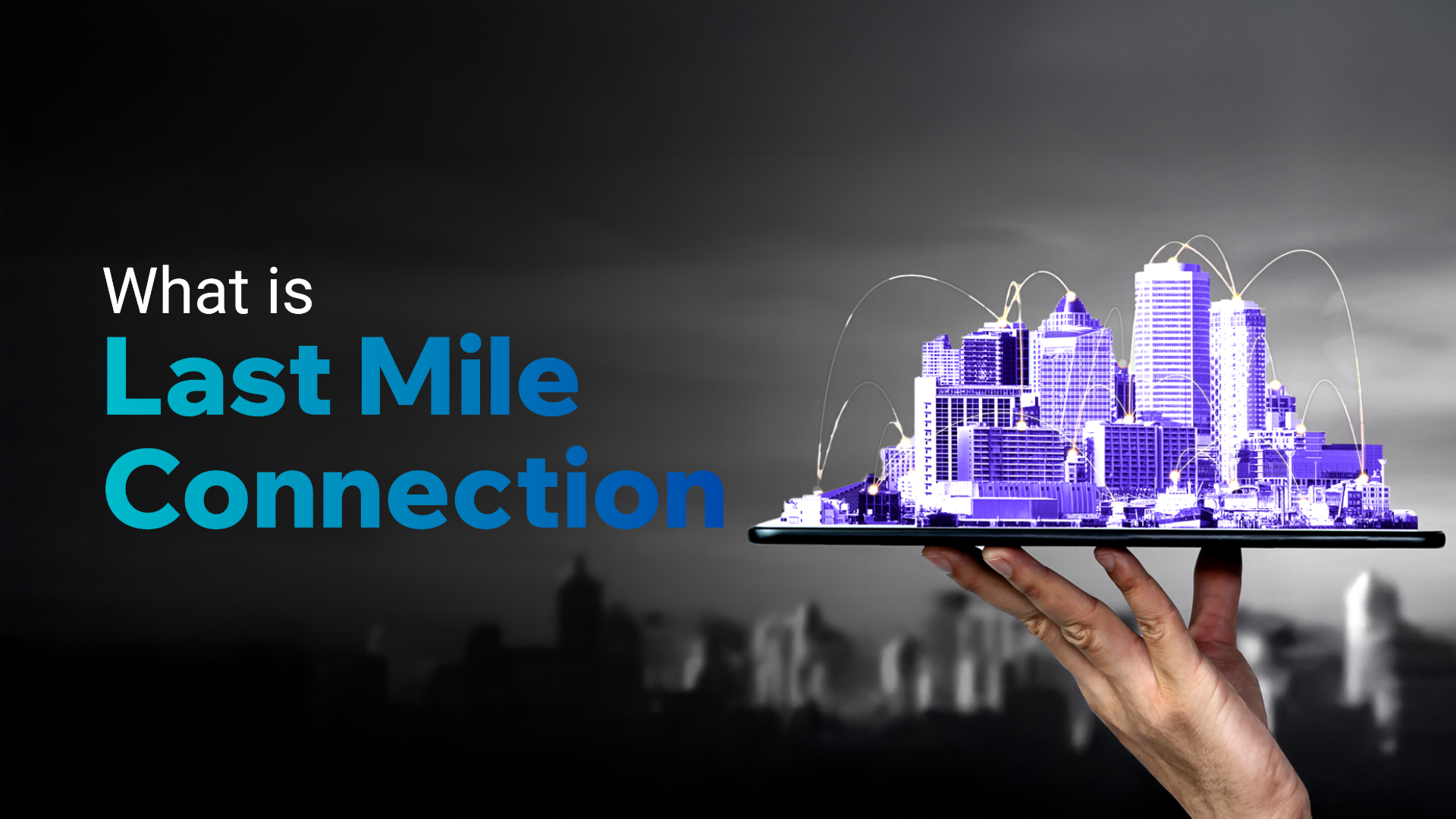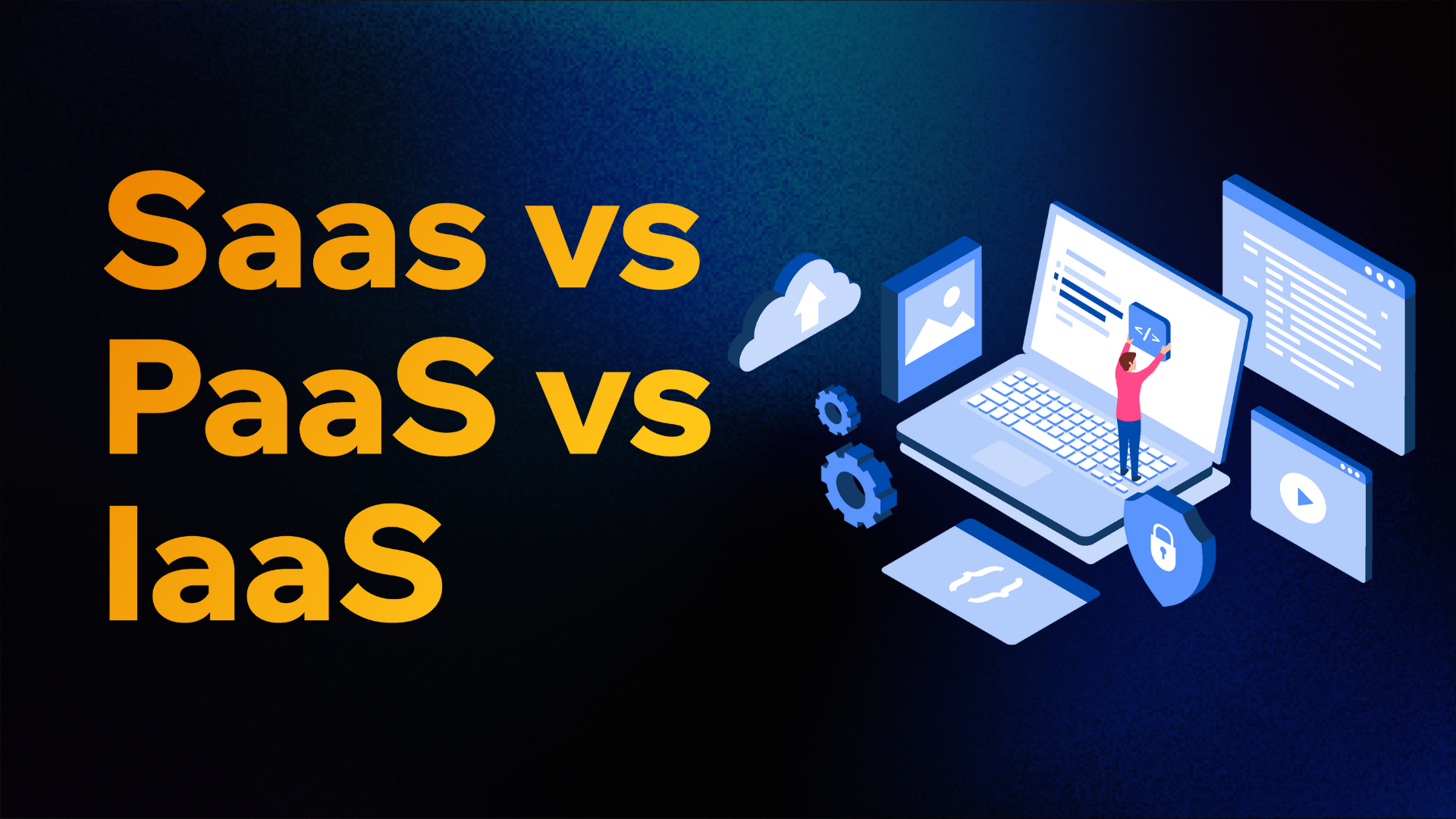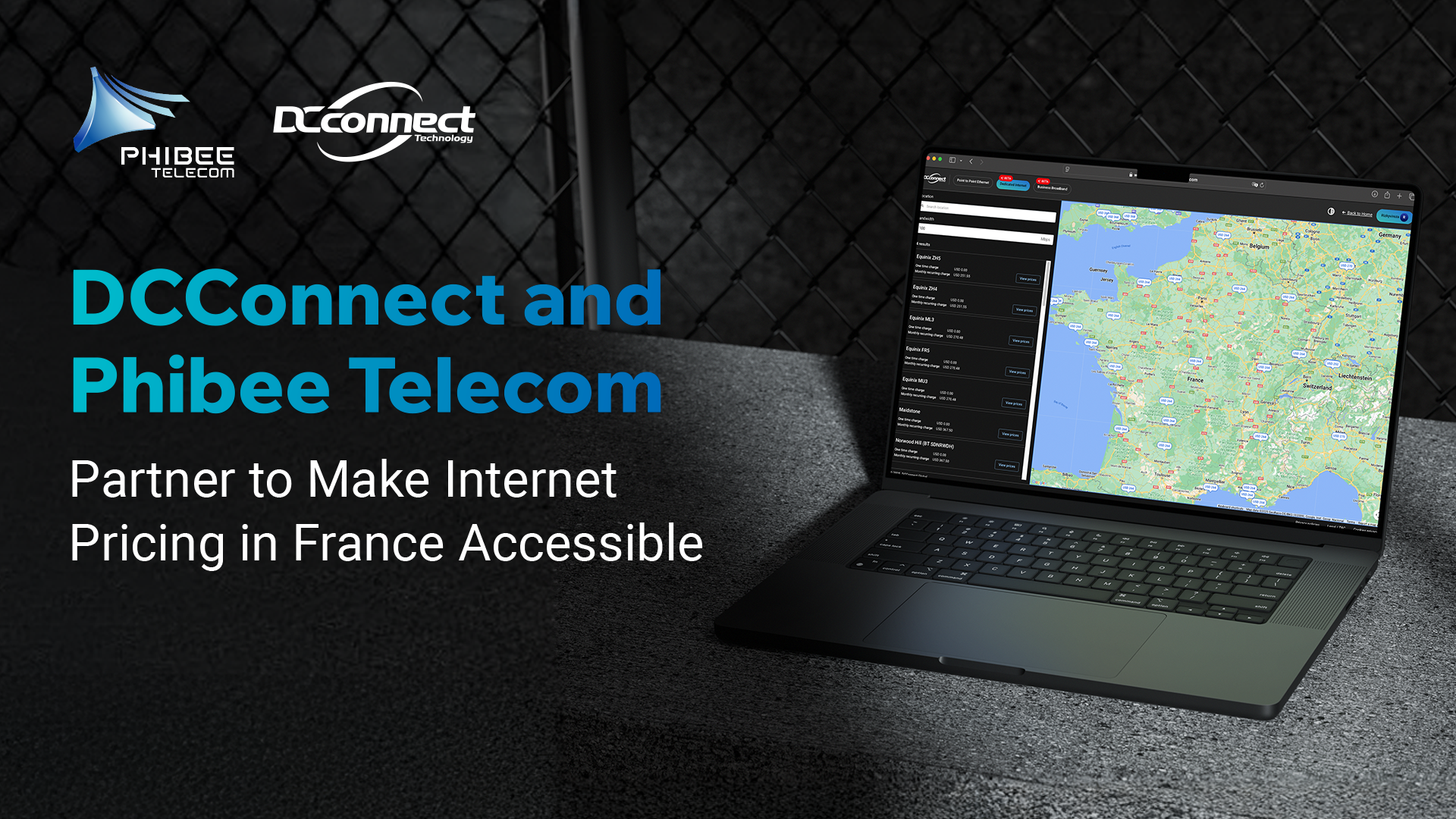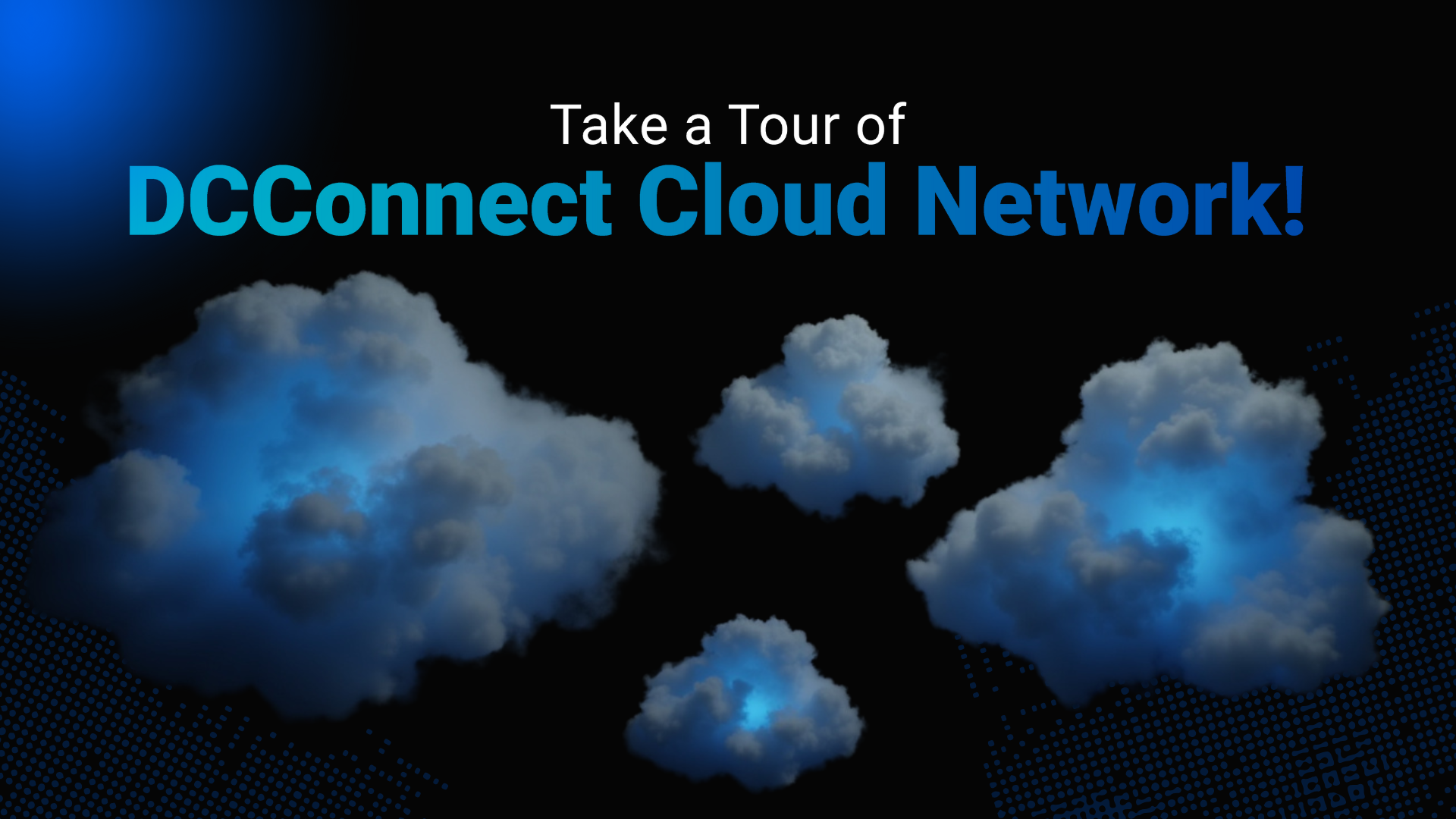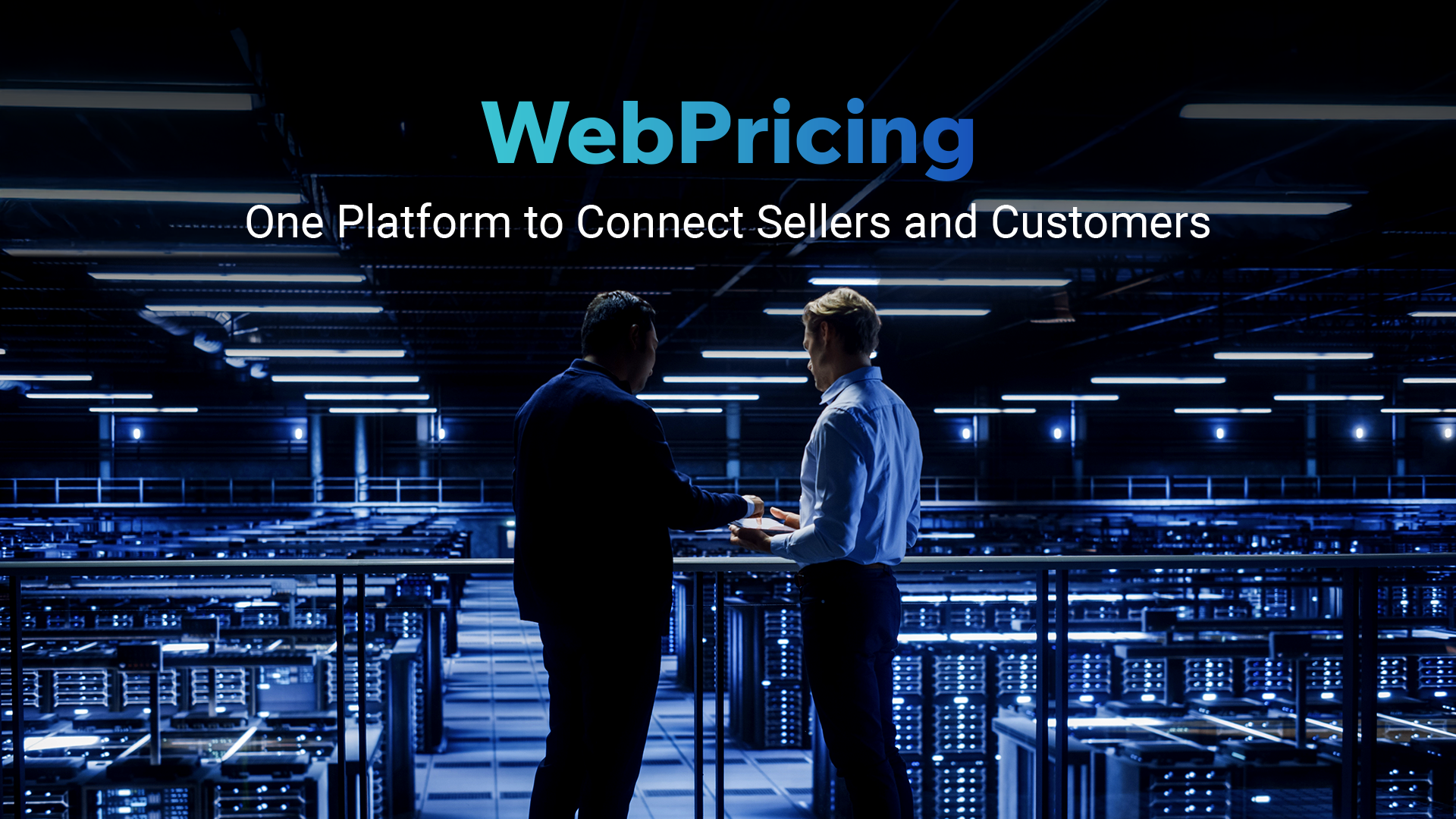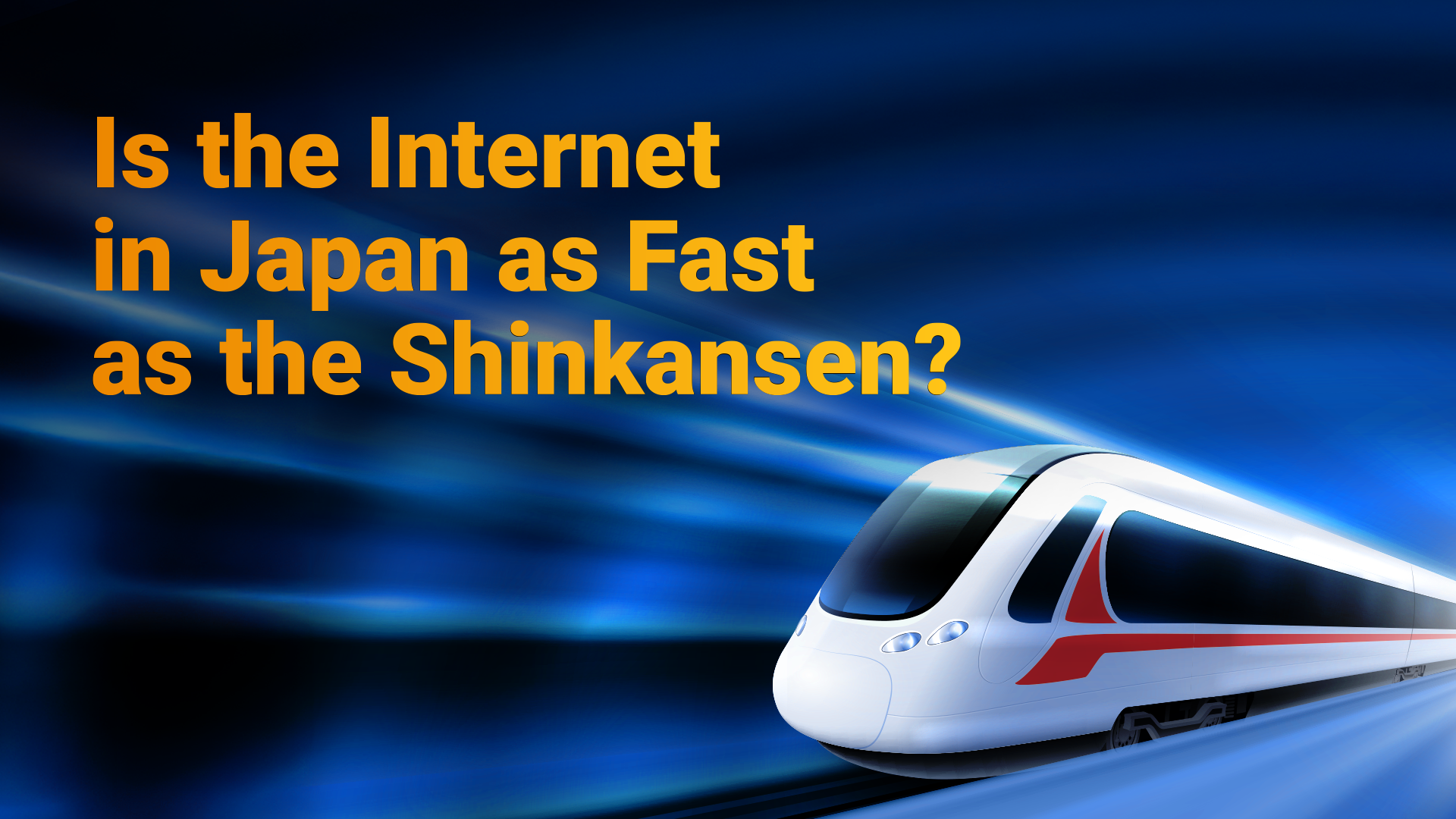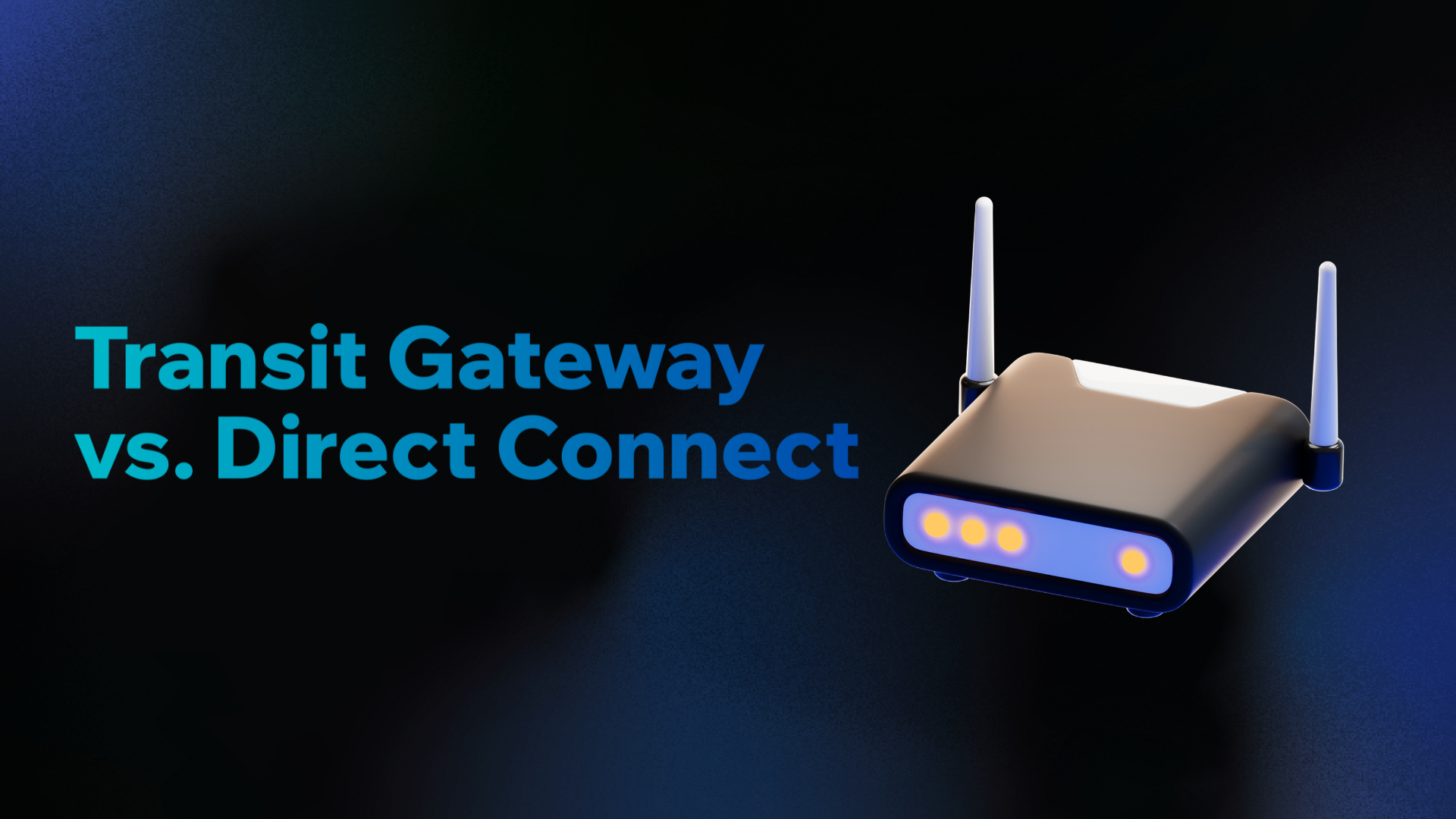
Transit Gateway vs. Direct Connect:
As businesses migrate to the cloud, network connectivity becomes a critical factor in ensuring performance, security, and cost-efficiency. Two key networking services—Transit Gateway and Direct Connect—offer different approaches to cloud networking. But how do they compare, and which one is the right choice for your enterprise? What Is Transit Gateway? Transit Gateway is a network transit hub that allows multiple virtual networks, on-premises infrastructure, and cloud services to interconnect seamlessly. It simplifies network management by providing a centralized routing mechanism instead of complex peering connections. Key Features of Transit Gateway: ✅ Centralized Network Management: Connect multiple virtual networks and on-premises infrastructure through a single gateway.✅ Scalability: Easily scale to accommodate thousands of connections.✅ Multi-Region Connectivity: Enables global network expansion with inter-region peering.✅ Integration with Cloud Services: Works seamlessly with private connections, VPNs, and security services. Use Cases for Transit Gateway: What Is Direct Connect? Direct Connect is a dedicated, private network connection between on-premises infrastructure and cloud platforms. Unlike VPNs, which rely on the public internet, Direct Connect provides a low-latency, high-bandwidth connection to cloud services. Key Features of Direct Connect: ✅ Dedicated, High-Speed Connectivity: Provides up to 100 Gbps bandwidth.✅ Lower Latency & Higher Performance: Reduces reliance on public internet connections.✅ Enhanced Security: Uses private networking to protect data transfers.✅ Cost Savings: Reduces outbound data transfer costs compared to internet-based VPNs. Use Cases for Direct Connect: Transit Gateway vs. Direct Connect: Key Differences Feature Transit Gateway Direct Connect Purpose Connects multiple virtual networks and on-premises infrastructure Provides a dedicated connection from on-premises to the cloud Connectivity Type Works over VPN or Direct Connect Uses private fiber-optic links Latency Higher latency (depends on internet/VPN performance) Low latency due to dedicated network Bandwidth Limited by VPN performance Supports up to 100 Gbps Security Secure but may rely on VPN encryption More secure due to private connectivity Cost Lower cost for multi-network connections Higher initial setup cost but saves on data transfer fees Best For Organizations managing many cloud-based virtual networks Enterprises needing fast, secure, high-bandwidth connections Can You Use Both Transit Gateway and Direct Connect Together? Yes! Transit Gateway and Direct Connect can work together to create a hybrid cloud architecture. Example Use Case: ✅ Use Direct Connect for a fast, secure link between your on-premises data center and cloud infrastructure.✅ Use Transit Gateway to manage multiple virtual networks and cloud services efficiently. This combination provides high-speed connectivity and centralized network control, ideal for enterprises with large-scale hybrid cloud environments. Which One Should You Choose? Conclusion Both Transit Gateway and Direct Connect are powerful networking solutions with unique benefits. Transit Gateway excels in multi-network connectivity, while Direct Connect provides dedicated, high-speed connections. By understanding your business needs, you can choose the right cloud networking service—or use both for a high-performance hybrid cloud strategy.

